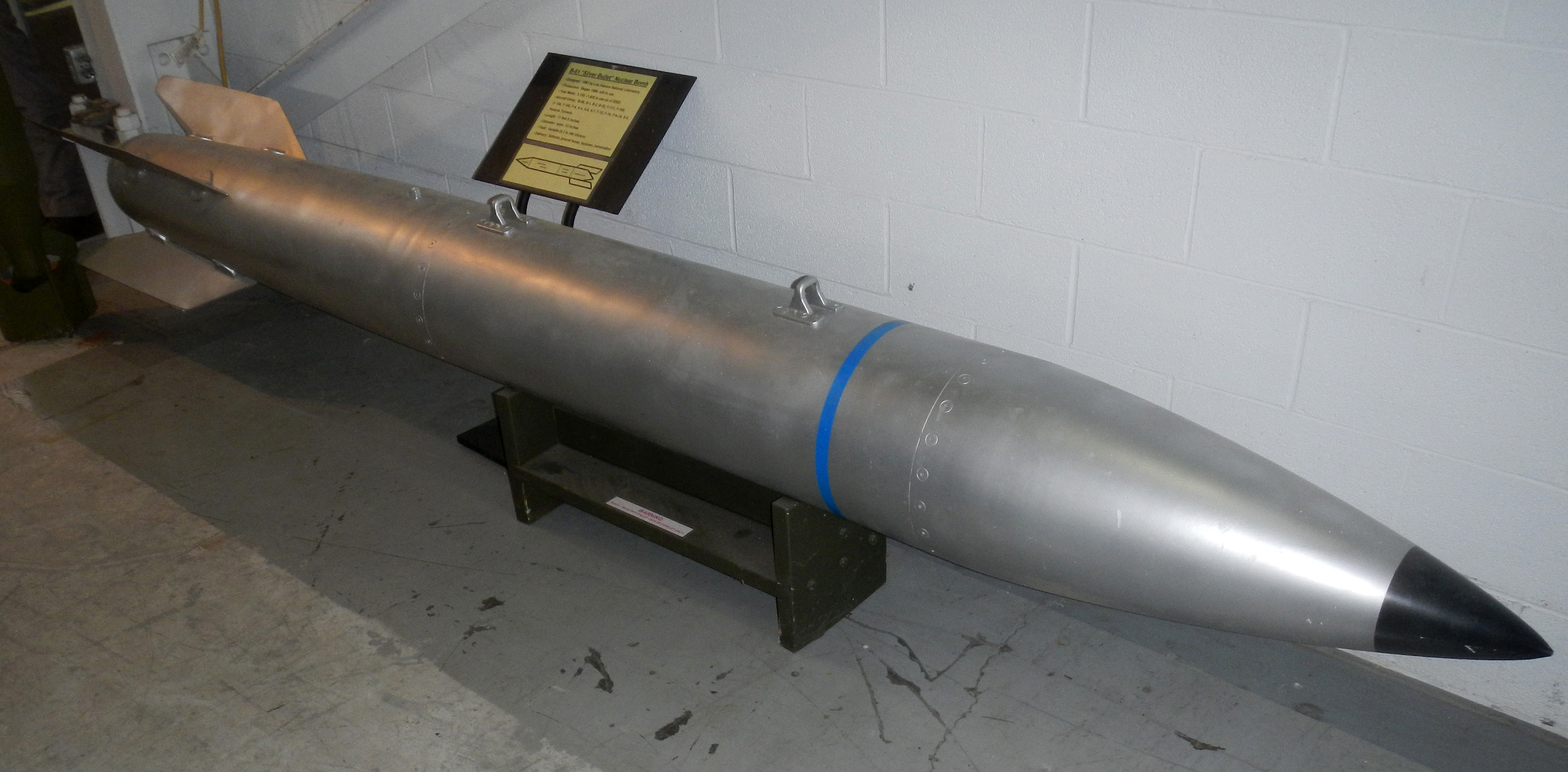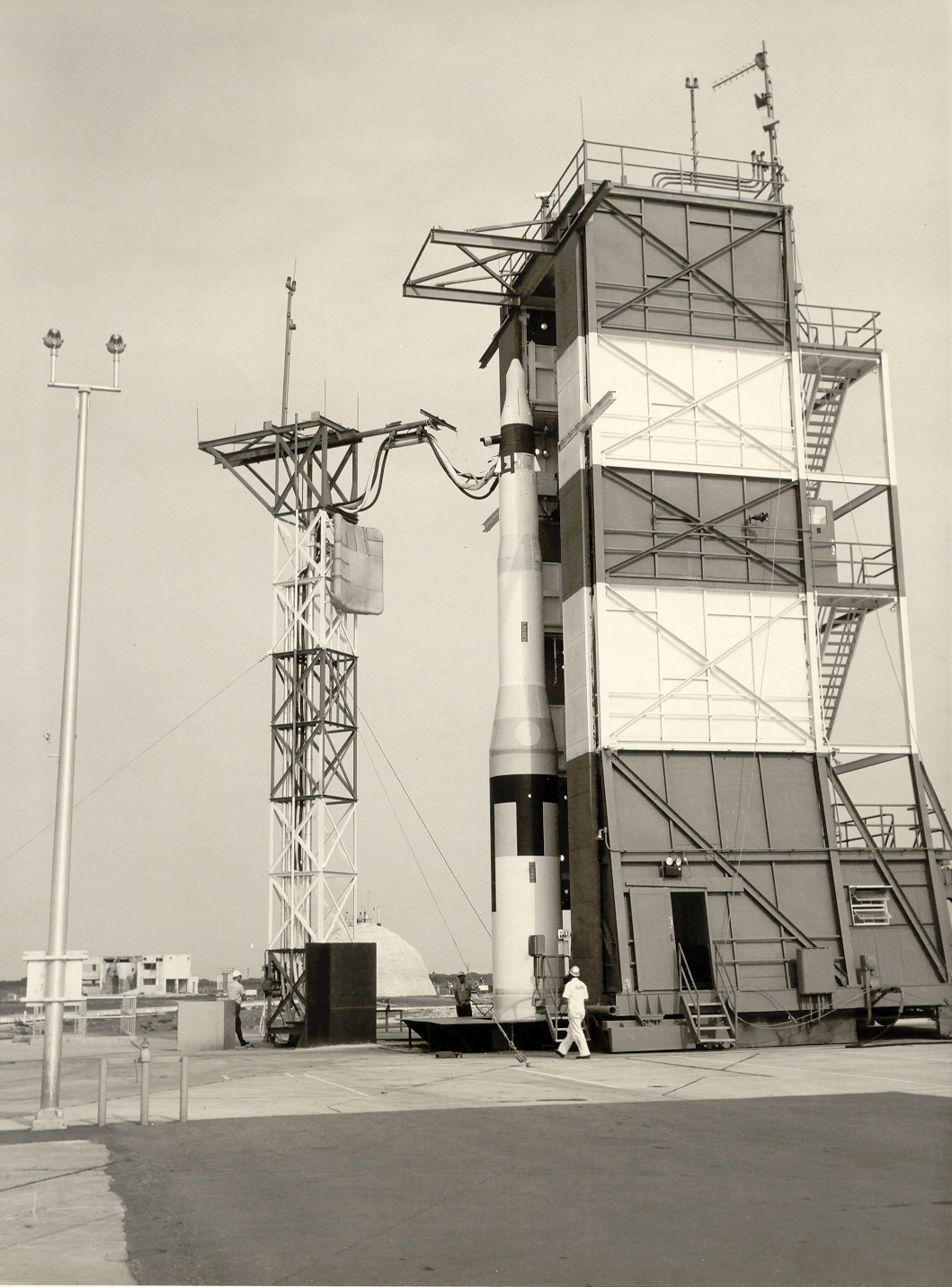|
Equipment Of The United States Air Force
The equipment of the United States Air Force can be subdivided into: aircraft, ammunition, weapons, and ground vehicles. Munitions Weapons Vehicles Aircraft *List of active United States military aircraft Ground vehicles Attire Other equipment * CMU – 33A/P22P-18 - Air Force issue Personal flotation device *Distributed Common Ground System- A weapons system which delivers information to Unmanned aerial vehicles See also * United States Air Force * List of active United States military aircraft * Equipment of the United States Armed Forces * Equipment of the United States Navy * Equipment of the United States Army * Equipment of the United States Coast Guard * Equipment of the United States Marine Corps References {{DEFAULTSORT:Equipment Of The United States Air Force United States Air Force Equipment of the United States Air Force United States Air Force The United States Air Force (USAF) is the Aerial warfare, air military branch, service branc ... [...More Info...] [...Related Items...] OR: [Wikipedia] [Google] [Baidu] |
United States Air Force
The United States Air Force (USAF) is the air service branch of the United States Armed Forces, and is one of the eight uniformed services of the United States. Originally created on 1 August 1907, as a part of the United States Army Signal Corps, the USAF was established as a separate branch of the United States Armed Forces in 1947 with the enactment of the National Security Act of 1947. It is the second youngest branch of the United States Armed Forces and the fourth in order of precedence. The United States Air Force articulates its core missions as air supremacy, global integrated intelligence, surveillance and reconnaissance, rapid global mobility, global strike, and command and control. The United States Air Force is a military service branch organized within the Department of the Air Force, one of the three military departments of the Department of Defense. The Air Force through the Department of the Air Force is headed by the civilian Secretary of the Air Force ... [...More Info...] [...Related Items...] OR: [Wikipedia] [Google] [Baidu] |
AIM-7 Sparrow
The AIM-7 Sparrow (Air Intercept Missile) is an American, medium-range semi-active radar homing air-to-air missile operated by the United States Air Force, United States Navy, and United States Marine Corps, as well as other various air forces and navies. Sparrow and its derivatives were the West's principal beyond visual range (BVR) air-to-air missile from the late 1950s until the 1990s. It remains in service, although it is being phased out in aviation applications in favor of the more advanced AIM-120 AMRAAM. The early Sparrow was intended primarily for use against larger targets, especially bombers and had numerous operational limitations in other uses. Against smaller targets, the need to receive a strong reflected radar signal made achieving lock-on at the missile's effective range difficult. As the launching aircraft's own radar needed to be pointed at the target throughout the engagement, this meant that in fighter-vs-fighter combat, the enemy fighter would often approa ... [...More Info...] [...Related Items...] OR: [Wikipedia] [Google] [Baidu] |
B83 Nuclear Bomb Trainer , Encyclopaedia of Chess Openings code
{{Letter-NumberCombDisambig ...
B83 may refer to : * B83 nuclear bomb * HLA-B*83, an HLA-B serotype * B83 (New York City bus) in Brooklyn * Sicilian Defence, Scheveningen Variation In chess, the Scheveningen Variation of the Sicilian Defence is an opening that is a line of the Open Sicilian characterised by Black setting up a "small centre" with pawns on d6 and e6. There are numerous move orders that reach the Scheveningen; ... [...More Info...] [...Related Items...] OR: [Wikipedia] [Google] [Baidu] |
B83 Nuclear Bomb
The B83 is a variable-yield thermonuclear gravity bomb developed by the United States in the late 1970s that entered service in 1983. With a maximum yield of , it has been the most powerful nuclear weapon in the United States nuclear arsenal since October 25, 2011 after retirement of the B53. It was designed by Lawrence Livermore National Laboratory. History The B83 was based partly on the earlier B77 program, which was terminated because of cost overruns. The B77 was designed with an active altitude control and lifting parachute system for supersonic low-altitude delivery from the B-1A bomber. B77 nuclear component test firings were attributed to the Operation Anvil series in 1975 and 1976, specifically the "Cheese" test shots in Anvil: * Anvil Kasseri – 28 October 1975, (B77/B83 full yield) * Anvil Muenster – 3 January 1976, * Anvil Fontina – 12 February 1976, * Anvil Colby – 14 May 1976, The B83 nuclear components have been attributed as the same as the earli ... [...More Info...] [...Related Items...] OR: [Wikipedia] [Google] [Baidu] |
B-61 Bomb
B61 may refer to: * B61 nuclear bomb * B61 (New York City bus) in Brooklyn * HLA-B61, an HLA serotype * Sicilian, Richter-Rauzer, Encyclopaedia of Chess Openings code * Alternative name for the ephrin A1 Ephrin A1 is a protein that in humans is encoded by the ''EFNA1'' gene. This gene encodes a member of the ephrin (EPH) family. The ephrins and EPH-related receptors comprise the largest subfamily of receptor protein-tyrosine kinases and have been ..., human gene B-61 may refer to: * B-61 Matador, the first operational surface-to-surface cruise missile built by the United States {{Letter-Number Combination Disambiguation ... [...More Info...] [...Related Items...] OR: [Wikipedia] [Google] [Baidu] |
Thermonuclear Bomb
A thermonuclear weapon, fusion weapon or hydrogen bomb (H bomb) is a second-generation nuclear weapon design. Its greater sophistication affords it vastly greater destructive power than first-generation nuclear bombs, a more compact size, a lower mass, or a combination of these benefits. Characteristics of nuclear fusion reactions make possible the use of non-fissile depleted uranium as the weapon's main fuel, thus allowing more efficient use of scarce fissile material such as uranium-235 () or plutonium-239 (). The first full-scale thermonuclear test was carried out by the United States in 1952; the concept has since been employed by most of the world's nuclear powers in the design of their weapons. Modern fusion weapons consist essentially of two main components: a nuclear fission primary stage (fueled by or ) and a separate nuclear fusion secondary stage containing thermonuclear fuel: the heavy hydrogen isotopes deuterium and tritium, or in modern weapons lithium deuteride. ... [...More Info...] [...Related Items...] OR: [Wikipedia] [Google] [Baidu] |
B61 Nuclear Bomb
The B61 nuclear bomb is the primary thermonuclear gravity bomb in the United States Enduring Stockpile following the end of the Cold War. It is a low to intermediate-yield strategic and tactical nuclear weapon featuring a two-stage radiation implosion design. The B61 is of the variable yield ("dial-a-yield" in informal military jargon) design with a yield of 0.3 to 340 kilotons in its various mods. It is a Full Fuzing Option (FUFO) weapon, meaning it is equipped with the full range of fuzing and delivery options, including air and ground burst fuzing, and free-fall, retarded free-fall and laydown delivery. It has a streamlined casing capable of withstanding supersonic flight and is long, with a diameter of about . Basic weight is about , although the weights of individual weapons may vary depending on version and fuze/retardation configuration. As of 2020, it is undergoing a 12th modification. According to the Federation of American Scientists in 2012, the roughly 400 B61-12s w ... [...More Info...] [...Related Items...] OR: [Wikipedia] [Google] [Baidu] |
Intercontinental Ballistic Missile
An intercontinental ballistic missile (ICBM) is a ballistic missile with a range greater than , primarily designed for nuclear weapons delivery (delivering one or more thermonuclear warheads). Conventional, chemical, and biological weapons can also be delivered with varying effectiveness, but have never been deployed on ICBMs. Most modern designs support multiple independently targetable reentry vehicles (MIRVs), allowing a single missile to carry several warheads, each of which can strike a different target. Russia, the United States, China, France, India, the United Kingdom, and North Korea are the only countries known to have operational ICBMs. Early ICBMs had limited precision, which made them suitable for use only against the largest targets, such as cities. They were seen as a "safe" basing option, one that would keep the deterrent force close to home where it would be difficult to attack. Attacks against military targets (especially hardened ones) still demanded th ... [...More Info...] [...Related Items...] OR: [Wikipedia] [Google] [Baidu] |
LGM-30 Minuteman
The LGM-30 Minuteman is an American land-based intercontinental ballistic missile (ICBM) in service with the Air Force Global Strike Command. , the LGM-30G Minuteman III version is the only land-based ICBM in service in the United States and represents the land leg of the U.S. nuclear triad, along with the Trident submarine-launched ballistic missile (SLBM) and nuclear weapons carried by long-range strategic bombers. Development of the Minuteman began in the mid-1950s when basic research indicated that a solid-fuel rocket motor could stand ready to launch for long periods of time, in contrast to liquid-fueled rockets that required fueling before launch and so might be destroyed in a surprise attack. The missile was named for the colonial minutemen of the American Revolutionary War, who could be ready to fight on short notice. The Minuteman entered service in 1962 as a deterrence weapon that could hit Soviet cities with a second strike and countervalue counterattack if the U.S ... [...More Info...] [...Related Items...] OR: [Wikipedia] [Google] [Baidu] |
AIM-120 AMRAAM
The AIM-120 Advanced Medium-Range Air-to-Air Missile, or AMRAAM (pronounced ), is an American beyond-visual-range air-to-air missile (BVRAAM) capable of all-weather day-and-night operations. It is 7 inches (18 cm) in diameter, and employs active transmit-receive radar guidance instead of semi-active receive-only radar guidance. It is a fire-and-forget weapon, unlike the previous generation Sparrow missiles which needed guidance from the firing aircraft. When an AMRAAM missile is launched, NATO pilots use the brevity code Fox Three. more than 14,000 had been produced for the United States Air Force, the United States Navy, and 33 international customers. The AMRAAM has been used in several engagements, achieving sixteen air-to-air kills in conflicts over Iraq, Bosnia, Kosovo, India, and Syria. Origins AIM-7 Sparrow MRM The AIM-7 Sparrow medium range missile (MRM) was purchased by the US Navy from original developer Hughes Aircraft in the 1950s as its first operatio ... [...More Info...] [...Related Items...] OR: [Wikipedia] [Google] [Baidu] |






